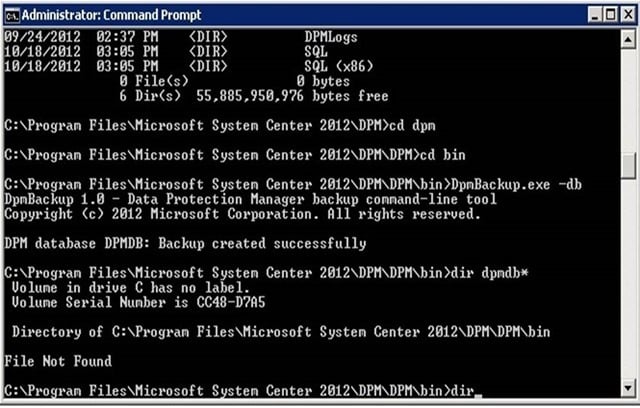Cloud computing has become an increasingly popular option for businesses seeking scalable, cost-effective IT solutions.
However, as companies grow and their needs change, a hybrid cloud infrastructure that combines both public and private clouds is becoming the go-to solution.
What is a Hybrid Cloud Infrastructure?
A hybrid cloud infrastructure is a computing environment that combines both public and private clouds.
Public clouds are managed by third-party providers and offer on-demand access to computing resources over the internet, while private clouds are managed by the organization itself and provide dedicated resources within their own data centers. By leveraging both public and private clouds, businesses can optimize their IT infrastructure to meet their unique needs.
Benefits of a Hybrid Cloud Approach
One of the key benefits of a hybrid cloud approach is flexibility.
By leveraging both public and private clouds, organizations can scale their computing resources up or down as needed to meet changing demands. Additionally, a hybrid cloud approach can help businesses reduce costs by leveraging the cost-effectiveness of public clouds for non-sensitive workloads while maintaining control over critical data and applications in private clouds.
Another benefit of a hybrid cloud approach is increased security. Private clouds provide an added layer of security for sensitive data and applications that cannot be accessed from a public cloud. By leveraging private clouds for sensitive workloads and public clouds for non-sensitive workloads, businesses can reduce the risk of data breaches and ensure compliance with regulatory requirements.
Challenges of a Hybrid Cloud Approach
While a hybrid cloud approach offers many benefits, it also comes with its own set of challenges.
One of the main challenges is complexity. Managing a hybrid cloud infrastructure can be complex and requires expertise in both public and private cloud technologies. Additionally, businesses must ensure that their hybrid cloud environment is integrated and configured correctly to avoid compatibility issues and ensure optimal performance.
Another challenge of a hybrid cloud approach is data management. With data stored across multiple cloud environments, it can be difficult to ensure consistent data management and governance. Organizations must develop effective data management strategies to ensure that data is accessible, secure, and compliant across all cloud environments.
Best Practices for Managing Hybrid Cloud Infrastructure
To effectively manage a hybrid cloud infrastructure, organizations must adopt best practices that ensure optimal performance, security, and scalability.
Some best practices include:
- Develop a comprehensive cloud strategy: To ensure a successful hybrid cloud deployment, organizations must develop a comprehensive cloud strategy that outlines their goals, requirements, and deployment plans.
- Choose the right cloud providers: Organizations must carefully evaluate and choose cloud providers that meet their unique needs and requirements.
- Ensure data security and compliance: Businesses must develop effective security and compliance policies to ensure that data is secure and compliant across all cloud environments.
- Optimize resource allocation: By monitoring resource usage and optimizing resource allocation, businesses can reduce costs and improve performance.
- Use automation and orchestration tools: To streamline cloud management and reduce complexity, organizations should leverage automation and orchestration tools that enable them to automate routine tasks and processes.
The Role of Managed Services in Hybrid Cloud Management
Managed Services can play an important role in managing a hybrid cloud infrastructure.
Managed Service providers, like Sparkhound, can offer expertise in public and private cloud technologies, as well as provide ongoing support for cloud deployments. Sparkhound can also help organizations optimize their hybrid cloud infrastructure by providing monitoring and management services, as well as recommending new technologies and best practices.
A hybrid cloud infrastructure offers many benefits for businesses seeking scalable, cost-effective IT solutions. However, it also comes with its own set of challenges that must be addressed to ensure optimal performance and security.
Reach out to Sparkhound to learn how you can best utilize a hybrid cloud infrastructure.
Share this
You May Also Like
These Related Stories

Azure Managed Instances: a Distinct Cloud-Based SQL Offering
.jpg)
Manage Azure VM’s With PowerShell
